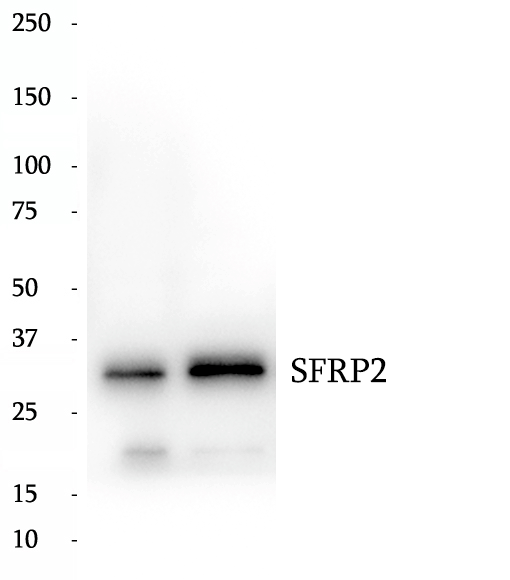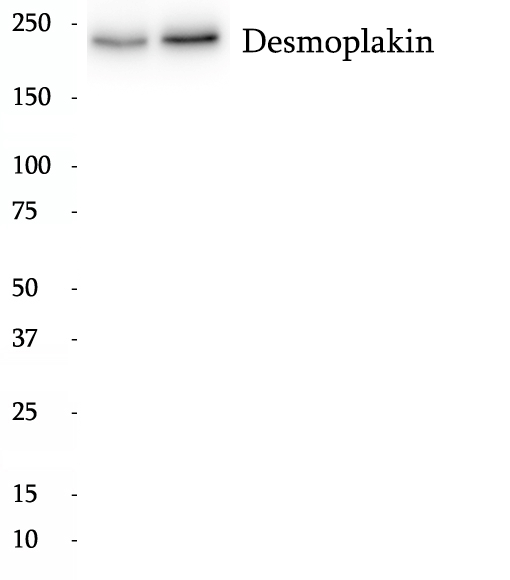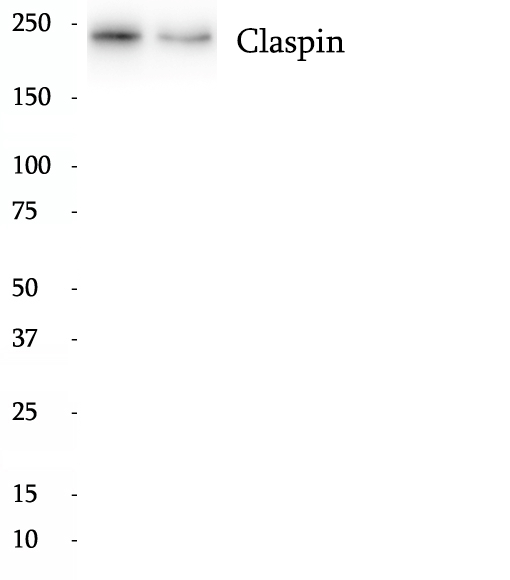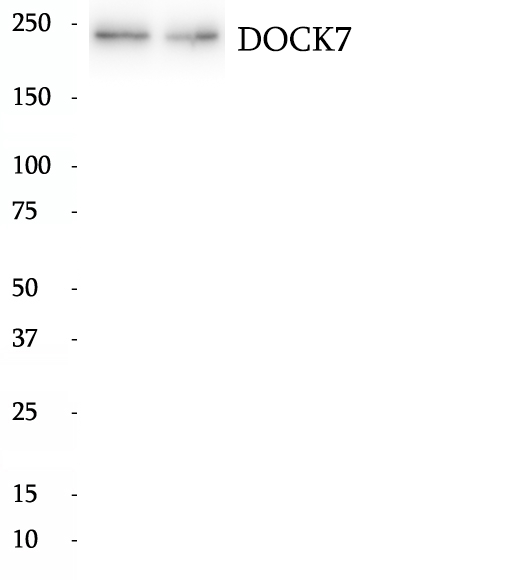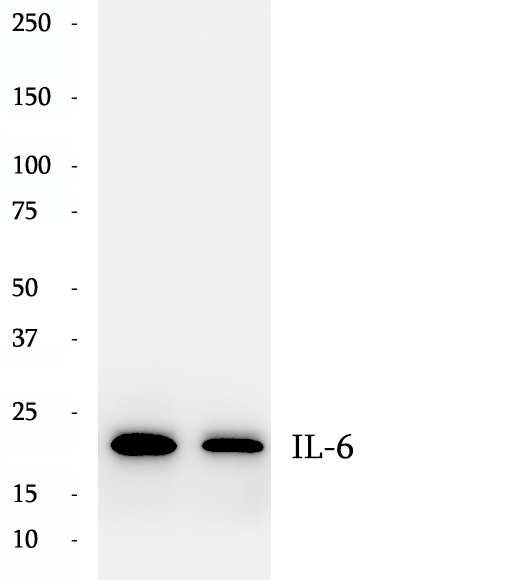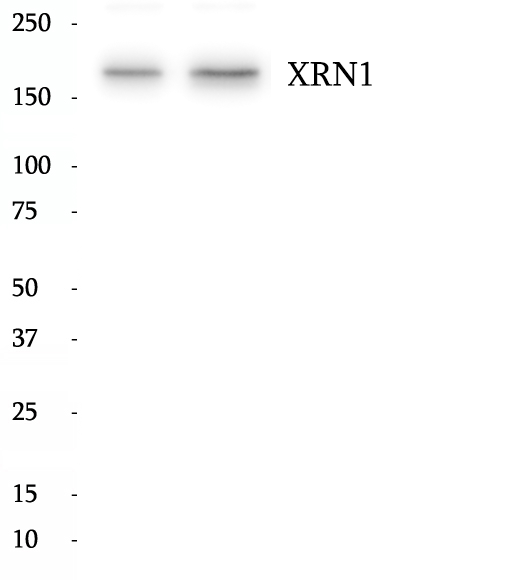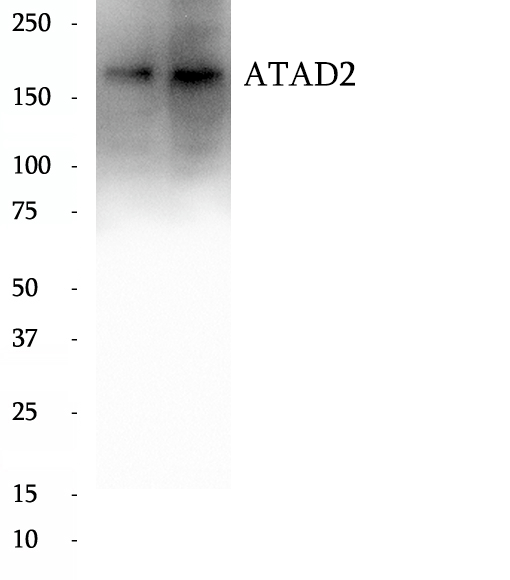|
BP64566
|
Anti-SP3 antibody
|
|
|
|
|
SP3, also named as transcription factor Sp3, is a 781 amino acid protein, which contains 3 C2H2-type zinc fingers and belongs to the Sp1 C2H2-type zinc-finger protein family. SP3 localizes to the nuclear periphery and in nuclear dots when sumoylated. Some localization in PML nuclear bodies. SP3 is acetylated by histone acetyltransferase p300, deacetylated by HDACs and sumoylated on all isoforms. Sumoylated on 2 sites in longer isoforms with Lys-551 being the major site. Sumoylation at this site promotes nuclear localization to the nuclear periphery, nuclear dots and PML nuclear bodies. Sumoylation on Lys-551 represses the transactivation activity, except for the largest isoform, L-Sp3, which has little effect on transactivation. Alternate sumoylation and acetylation at Lys-551 also control transcriptional activity. There exits tow modified isoform and molecular weight of those are 70 kda and 115 kda.
|
|
BP61171
|
Anti-CXCR3 antibody
|
|
|
|
|
CXCR3 (C-X-C chemokine receptor type 3) is a G-protein-coupled seven-transmembrane domain chemokine receptor that is expressed on the surface of a number of cell types, including activated CD4+ and CD8+ T cells, NK and NK-T cells, plasmacytoid dendritic cells, and some B cells. CXCR3 is activated by three related chemokines (CXCL9, CXCL10, and CXCL11) and plays an important role in effector T-cell and NK cell trafficking. CXCR3 has three isoforms termed as CXCR3-A, CXCR3-B and CXCR3-alt with the calculated molecular mass of 41kDa, 46kDa and 29kDa respectively. The apparent molecular mass of CXCR3 detected by some scientists is 70kDa, but 45kDa by some others.
|
|
BP63659
|
Anti-PIGT antibody
|
|
|
|
|
PIGT is a subunit of the glycosylphosphatidylinositol transamidase complex that catalyzes the attachment of proteins to GPI-anchors. GPI-anchors are glycolipids found on membrane of diverse cells that help proteins anchoring to the cell surface. Mutations of PIGT have been linked to developmental disorders including multiple congenital anomalies-hypotonia-seizures syndrome-3. Multiple isoforms of PIGT exist due to the alternative splicing, with the predicted MWs ranging from 42 kDa to 66 kDa.
|
|
BP63699
|
Anti-PLAP antibody
|
|
|
|
|
Placental alkaline phosphatase (PLAP) is a glycosyl phosphatidylinositol (GPI)-anchored sialoglycoprotein, which shows greater resistance to heat inactivation than other alkaline phosphatase. Presented at high levels in placental trophoblasts, PLAP is recognized as an important marker of differentiation in human malignancies.
|
|
BP60023
|
Anti-ACAD9 antibody
|
|
|
|
|
Acyl-CoA dehydrogenases (ACADs) are a family of mitochondrial enzymes catalyzing the initial rate-limiting step in the β-oxidation of fatty acyl-CoA. ACAD9 belongs to the group of ACADs. The deduced 621-amino acid protein has a calculated molecular mass of 68.8 kD. It has an N-terminal leader sequence, 2 conserved motifs shared by all ACAD family members, and a potential N-glycosylation site. Defects in ACAD9 are a cause of acyl-CoA dehydrogenase family member type 9 deficiency (ACAD9 deficiency).
|
|
BP60047
|
Anti-ACSM5 antibody
|
|
|
|
|
ACSM5 (Acyl-CoA synthetase medium-chain family member 5) is also named as MACS3 and belongs to the ATP-dependent AMP-binding enzyme family. ACSM5 has medium-chain fatty acid:CoA ligase activity with broad substrate specificity (in vitro). This protein has 2 isoforms produced by alternative splicing.
|
|
BP63367
|
Anti-P62 antibody
|
|
|
|
|
Sequestosome-1 is a protein that in humans is encoded by the SQSTM1 gene. Also known as the ubiquitin-binding protein p62, it is an autophagosome cargo protein that targets other proteins that bind to it for selective autophagy. By interacting with GATA4 and targeting it for degradation, it can inhibit GATA-4 associated senescence and senescence-associated secretory phenotype.
|
|
BP64785
|
Anti-TBX6 antibody
|
|
|
|
|
TBX6, also named as T-box transcription factor TBX6, is a 436 amino acid protein, which localizes in the nucleus and forms a dimeric complex with DNA. T-box transcription factor that plays an essential role in the determination of the fate of axial stem cells: neural vs mesodermal. The calculated molecular weight of TBX6 is 47 kDa, but the modified TBX6 is about 58 kDa.
|
|
BP63829
|
Anti-Presenilin-1 antibody
|
|
|
|
|
PSEN1 (presenilin-1) is also named as AD3, PS1, PSNL1 and belongs to the peptidase A22A family. It directly influences Netrin/DCC signaling with cell type precision and spatiotemporal specificity, and is a key neural circuit builder that gates the spatiotemporal pattern of guidance signaling, thereby ensuring neural projections occur with high fidelity and a D20-kDa C-terminal fragment (CTF) by the 26S proteasome of this protein.
|
|
BP60465
|
Anti-Beclin 1 antibody
|
|
|
|
|
Beclin 1, also known as ATG6 or VPS30, interacts with various cofactors (e.g. Ambra1, Barkor (Atg14), Rubicon, or UVRAG) to regulate the lipid kinase Vps34 and promote the formation of the BECLIN1-Vps34-Vps15 complex, hence inducing autophagy. Its function (via the BH3 domain) is inhibited by Bcl-2 or Bcl-XL. Beclin 1 (BECN1) is a crucial molecule in the control of the autophagic activity, and its activity is regulated by multiple mechanisms, including the post-translational modification, protein-protein interaction, and subcellular localization. It plays a role in crosstalk between apoptosis and autophagy. It has been reported that Beclin 1 can be cleaved into fragments of 50, 37 and 35 kDa during apoptosis. It is involved in many disorders, including neurodegeneration and cancer (tumorigenesis). Beclin 1 is a mammalian tumor suppressor, and its gene is monoallelically deleted in 75% of ovarian, 50% of breast, and 40% of prostate cancers. Decreased expression of Beclin 1 has also been observed in human brain and lung tumors. The level of Beclin 1 was decreased in the affected brain regions of patients with Alzheimer's disease early in the disease process. Recent studies have also shown that gain and loss of Beclin 1 function affects the death of heart cells.
|
|
BP62080
|
Anti-Haptoglobin antibody
|
|
|
|
|
HP (Haptoglobin) is also named as zonulin and belongs to the peptidase S1 family. HP, a plasma glycoprotein that binds free hemoglobin, has a tetrameric structure of 2 alpha (16 kDa and 9 kDa) and 2 beta (40 kDa) polypeptides that are covalently associated by disulfide bonds. In most species, apart from ruminants, Hp has a molecular mass of 100 kDa, consisting of two subunits of 40 kDa and two subunits of 9 kDa, although in a few species, such as man, genetic variant of Hp forms polymers of higher mass. Recent studies of haptoglobin show that certain oligosaccharide structures predominate in different diseases. For example, a highly-fucosylated structure is found in breast cancer and ovarian cancer, highly-sialylated structures in Crohn's disease and highly branched structures in alcoholic liver disease and fucosylated haptoglobin is a good serum marker for pancreatic cancer..
|
|
BP61574
|
Anti-ERK1/2 antibody
|
|
|
|
|
ERK1 and ERK2 belongs to the protein kinase superfamily. It is involved in both the initiation and regulation of meiosis, mitosis, and postmitotic functions in differentiated cells by phosphorylating a number of transcription factors such as ELK-1. ERK1/2 catalized the reaction: ATP + a protein = ADP + a phosphoprotein. It is activated by tyrosine phosphorylation in response to INS and NGF. This antibody can recognize both ERK1 and ERK2 with the molecular mass of 38-44 kDa.
|
|
BP63560
|
Anti-Phospho-Caspase 9 (Ser196) antibody
|
|
|
|
|
Caspase 9 also name as MCH6, APAF3, APAF-3, ICE-LAP6 and CASPASE-9c, is a member of the cysteine-aspartic acid protease (caspase) family. It's synthesized as a 46 kDa precursor protein which can be cleaved into a 35 kDa subunit and a 11 kDa subunit. Control of all caspases is tightly regulated by a series of phosphorylation events enacted by several different kinases. Caspase-9 is the most heavily phosphorylated of all caspases, with phosphorylation of at least 11 distinct residues in all three caspase-9 domains by nine kinases. It plays a central role in the mitochondrial or intrinsic apoptotic pathway that is engaged in response to many apoptotic stimuli. Once activated, caspase-9 cleaves and activates the effector caspases 3 and 7 to bring about apoptosis.It's reported that there is an increase in caspase 9 expression and activity in the hypoxic brain. Inhibition of Caspase 9 activity would render opportunity to treat neurological diseases such as stroke, neurodegenerative diseases or brain injury caused by hypoxia.
|
|
BP64382
|
Anti-SFRP2 antibody
|
|
|
|
|
Secreted frizzled-related protein 2 (Sfrp2) is a secreted glycoprotein molecule containing an N terminal cysteine-rich domain, which is typically 30-50% identical to the putative Wnt-binding site of the frizzled receptor, and a C terminal heparin-binding domain with weak homology to netrins. It has been implicated in diverse cellular processes, including embryogenesis, regulation of cell apoptosis, and cell differentiation. Methylation of this gene is a potential marker for the presence of colorectal cancer.
|
|
BP61304
|
Anti-Desmoplakin antibody
|
|
|
|
|
The desmoplakin (DP) is the most abundant desmosomal proteins and is located at the cytoplasmic portion of the desmosomes which are specialized cell-cell adhesion structures abundant in tissues such as muscle and epidermis that are subjected to mechanical stress. Desmoplakin 1 and 2 (DP 1 and 2) are two splice variants sharing common C-terminal and N-terminal globular head and tail domains, but differ in the length of the rod domain that links them. This antibody detects both DP1 (280-330 kDa) and DP2 (240-260 kDa).
|
|
BP60962
|
Anti-Claspin antibody
|
|
|
|
|
CLSPN, also named as Claspin, is a 1339 amino acid protein, which belongs to the claspin family. CLSPN localizes in the nucleus and is highly expressed at S/G2 phases of the cell cycle. CLSPN is required for checkpoint mediated cell cycle arrest in response to inhibition of DNA replication or to DNA damage induced by both ionizing and UV irradiation. CLSPN plays a potentially critical role in replication checkpoint control in cells and mediating phosphorylation and activation of checkpoint protein kinases. The calculated molecular weight of CLSPN is 151 kDa, but the modified protein is about 220-240 kDa.
|
|
BP61391
|
Anti-DOCK7 antibody
|
|
|
|
|
DOCK 7 (dedicator of cytokinesis 7), also known as ZIR2, is a member of the DOCK180-related protein superfamily. Expressed mainly in neuronal cells, DOCK 7 is a guanine nucleotide exchange factor (GEF) for small GTPases, Rac1 and Cdc42, which are the major regulators of actin cytoskeleton. Multiple isoforms of DOCK 7 exist due to alternative splicing events. The DOCK 7 antibody (13000-1-AP) can recognize all the isoforms.
|
|
BP62360
|
Anti-IL-6 antibody
|
|
|
|
|
Interleukin-6 (IL-6) is an interleukin that acts as both a pro-inflammatory and anti-inflammatory cytokine. IL-6 protein is secreted by a variety of cell types including T cells and macrophages as phosphorylated and variably glycosylated molecule. IL-6 plays an essential role in the final differentiation of B-cells into Ig-secreting cells involved in lymphocyte and monocyte differentiation. It induces myeloma and plasmacytoma growth and induces nerve cells differentiation acts on B-cells, T-cells, hepatocytes, hematopoietic progenitor cells and cells of the CNS. IL-6 is also considered a myokine, a cytokine produced from muscle, and is elevated in response to muscle contraction. IL-6 has been shown to interact with interleukin-6 receptor and glycoprotein 130. Additionally, IL-6 is involved in hematopoiesis, bone metabolism, and cancer progression, and has been defined an essential role in directing transition from innate to acquired immunity.
|
|
BP65333
|
Anti-XRN1 antibody
|
|
|
|
|
Exoribonuclease I (XRN1), also known as Sep1 or Rar5, is a 1,694-amino acid protein that functions as the major cytoplasmic 5 prime to 3 prime exoribonuclease and plays an important role in mRNA turnover. XRN1 may also function in the microtubular cytoskeleton as well as in DNA recombination and replication. XRN1 induces the expression of stress granules (SGs), cytoplasmic aggregates of stalled translational preinitiation complexes that accumulate during stress, and GW bodies/processing bodies (PBs), distinct cytoplasmic sites of mRNA degradation. There are several isoforms of XRN1 that are produced as a result of alternative splicing events.Loss of XRN1 markedly affects cell growth rates.This antibody is specific to the XRN1 protein.
|
|
BP60339
|
Anti-ATAD2 antibody
|
|
|
|
|
ATAD2 is one of them encoding a conserved factor harbouring an AAA type ATPase domain and a bromodomain. ATAD2 controls chromatin dynamics, genome transcriptional activities and apoptotic cell response. This protein has 2 isoforms produced by alternative splicing.
|
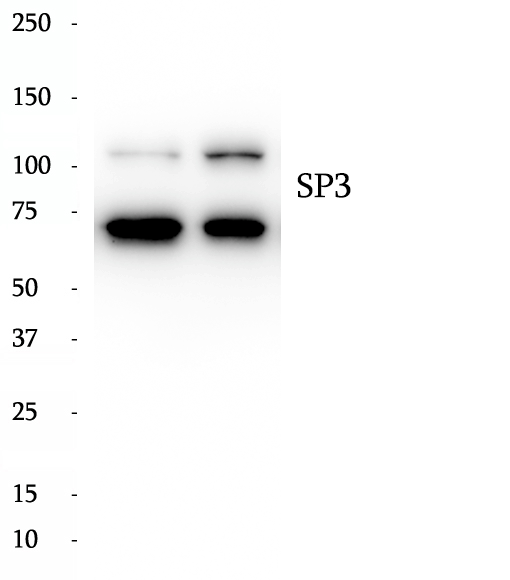
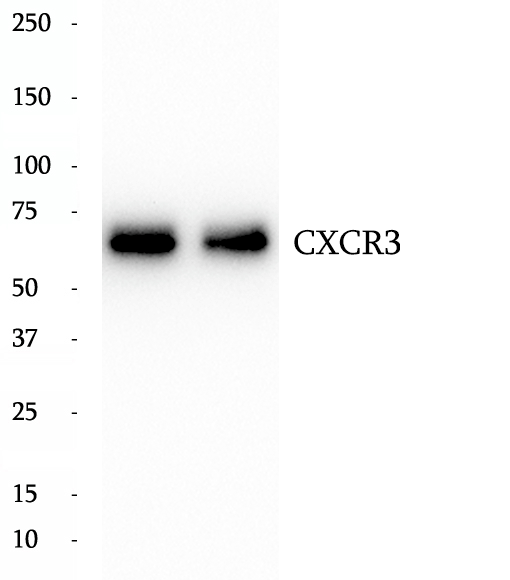
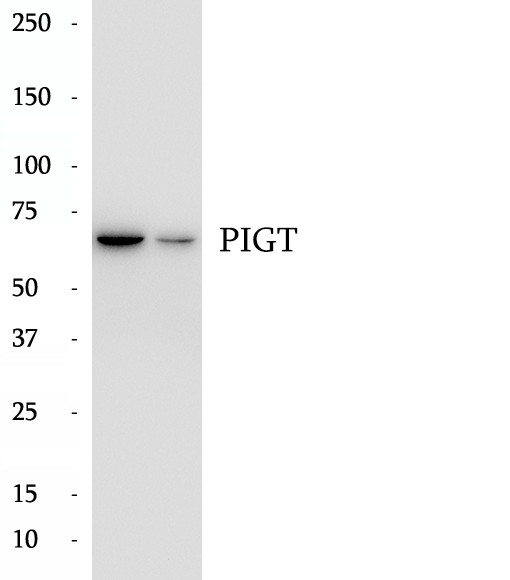
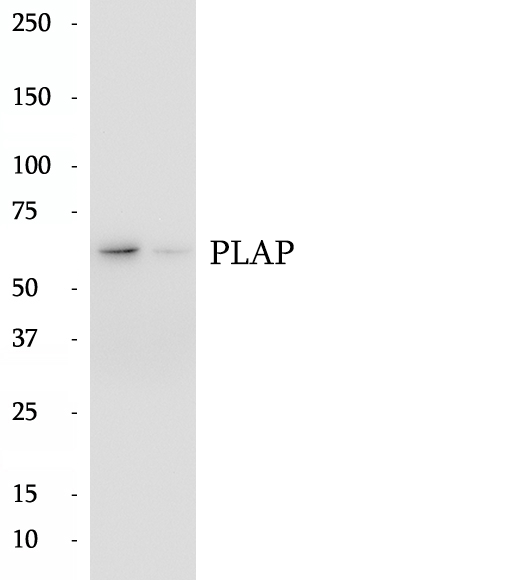
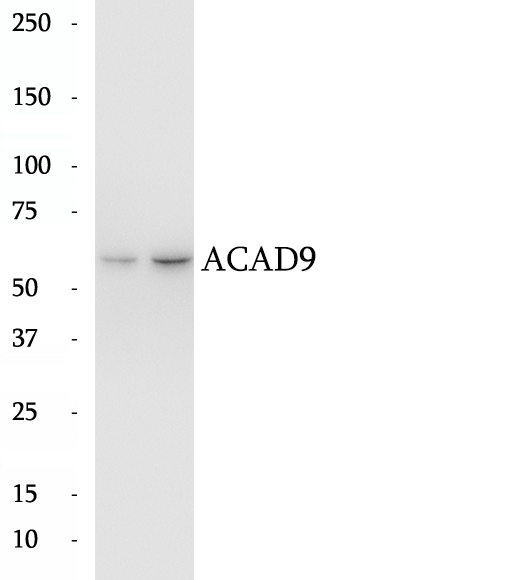
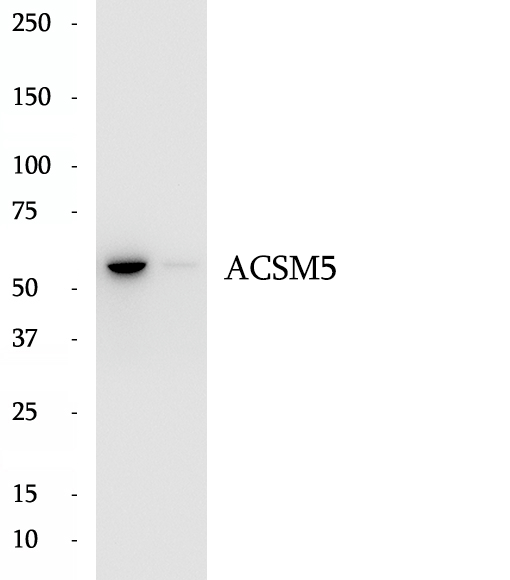
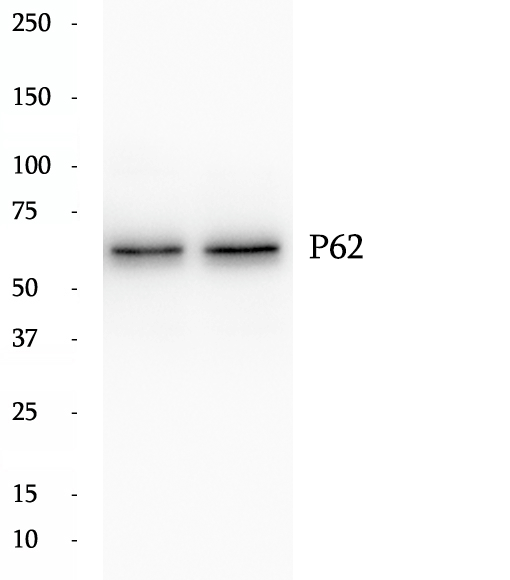
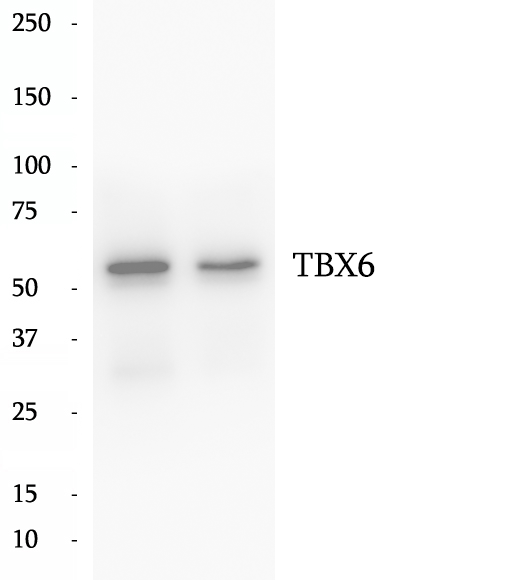
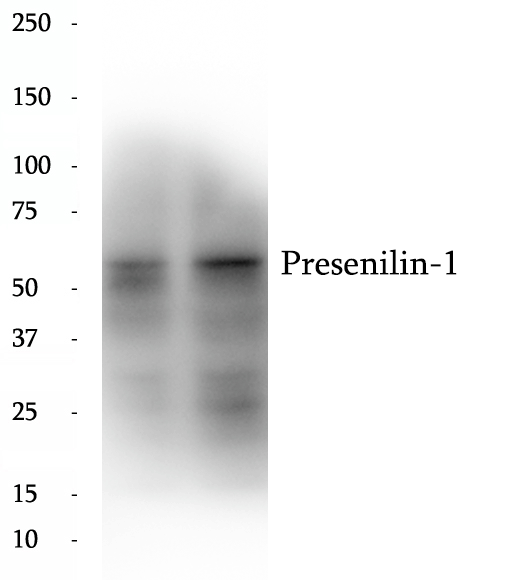
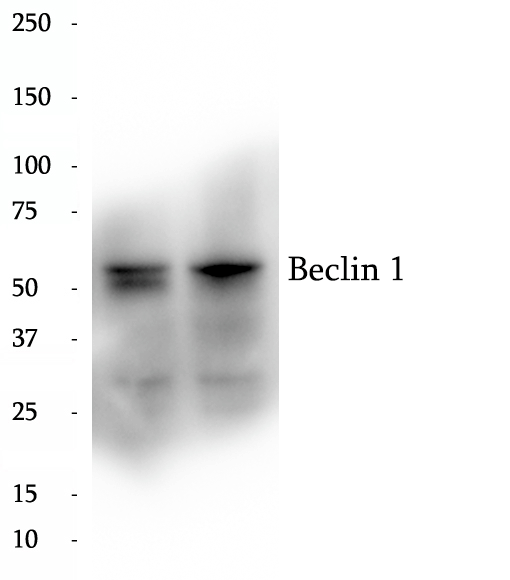
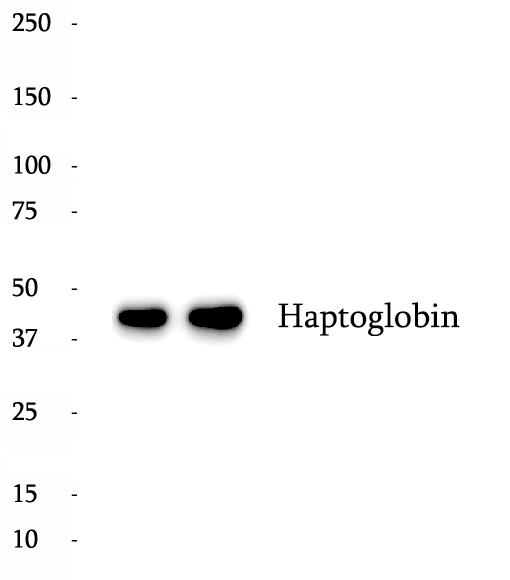

 antibody.gif)
